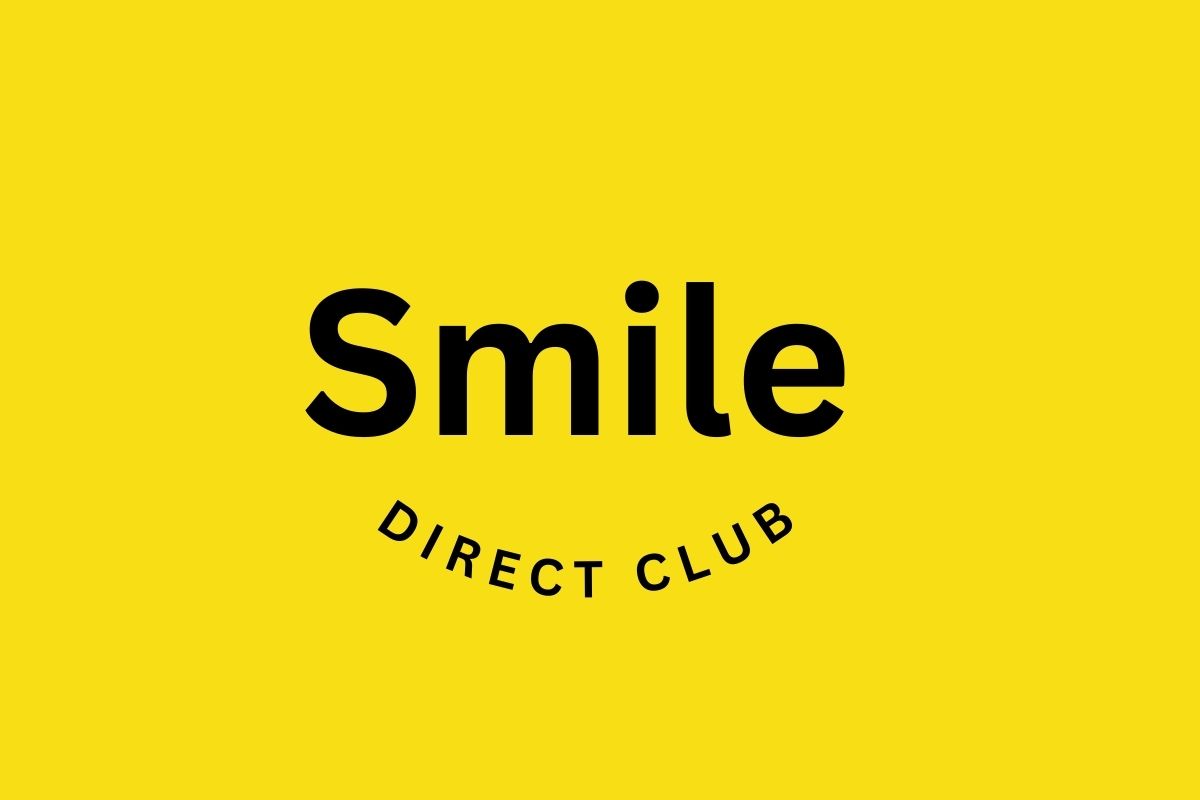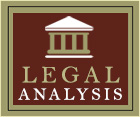

Sponsored Ads

Sponsored Ads

SmileDirectClub is a company with expertise in remote home dentistry. It claims, "With our clear aligners, you can straighten your teeth from the comfort of your home, on your schedule." The core purpose of SmileDirectClub is to help provide a smile with high safety and security without having to go through frequent in-person visits.
However, the teledentistry company is in troubled waters, leading to the Smile Direct Club Lawsuit. The following sections discuss the reasons why and talk about the lawsuit in detail.
Sollinger Versus SmileDirectClub
SmileDirectClub is the target of a class action lawsuit, namely the Smile Direct Club lawsuit, alleging breaches of New York General Business Law §§ 349 and 350, carelessness, strict liability, failure to warn, breach of contract, unjust enrichment, and violations of the Magnuson-Moss Warranty Act, 15 U.S.C. § 2301, et seq.
Background of the Smile Direct Club Lawsuit
The plaintiff in the SmileDirectClub lawsuit bought and started using the invisible aligners from SmileDirectClub regularly, according to the instructions provided, to straighten his teeth.
Subsequently, he began experiencing severe pain and sensitivity in his teeth.
On January 8, 2018, the plaintiff sought medical advice due to relentless pain in his mouth and teeth. Upon thorough examination, the dentist concluded that he had two cracked teeth and would require fillings to rectify the damage.
Furthermore, the dentist concluded that cracked and damaged teeth were caused by the consistent use of SmileDirectClub’s invisible aligners.
At the same time, the American Association of Orthodontists (A.A.O.) filed several complaints in 36 states in April 2017, claiming that SmileDirectClub had violated laws surrounding the practice of dentistry.
Until the date of filing the Smile Direct Club lawsuit (June 2019), the plaintiff continued to suffer frequently from unbearable pain because of SmileDirectClub’s aligners.
In November 2017, the American Dental Association issued a strong statement asking patients to avoid or stop using products such as SmileDirectClub Aligners due to their potential to harm them.
How Did the Smile Direct Club Lawsuit Begin?
The foundation for the Smile Direct Club lawsuit was laid on October 6, 2017, when the plaintiff had gone for an appointment at the New York City SmileShop to scan his teeth. On the day of the appointment, a woman who did not have a dentist's background (as per the plaintiff's observations) had taken a 3D scan of the plaintiff's teeth.
The plaintiff was told that tooth sensitivity and pain were usual parts of the process. Still, he was neither informed about any abnormal or excessive pain that would occur during the usage of SmileDirectClub Aligners, nor was he told that the aligners could cause damage to his teeth. This damage would later play a crucial role in the Smile Direct Club lawsuit.
Later, on October 13, 2017, the plaintiff paid SmileDirectClub $1,700. After rejecting SmileDirectClub Aligners twice due to improper fit, the plaintiff started using the third set as directed per instructions.
Towards the end of December 2017, the plaintiff in the SmileDirectClub lawsuit began to feel pain in his gums and teeth frequently. According to the plaintiff, no orthodontist or dentist was assigned to oversee his progress. Even after the plaintiff shared his concerns with SmileDirectClub, no dentist was assigned to his case.
Running out of patience, the plaintiff sought medical treatment from a dentist, Paolo Saggese. It was found that the plaintiff's teeth had become extremely sensitive, and the root of one of the teeth was clearly visible to the naked eye.
Dr. Saggese, upon careful examination of the plaintiff's dental health, concluded that he could not decipher the extent of the damage done but confirmed that it was the SmileDirectClub product that had caused such a consequence.
Despite submitting all the dental records and X-rays to SmileDirectClub, they did not make any efforts to mitigate the injuries sustained by the plaintiff. The plaintiff's decision to choose SmileDirectClub was based on the marketing and informational material.
Navarro Versus SmileDirectClub
The section below gives more information on the Smile Direct Club lawsuit.
- The defendants in the Smile Direct Club lawsuit failed to examine the plaintiff and class members' roots, gums, and mouths before finalizing the diagnosis and treatment plans with the patient.
- According to Code Section 1625, Subsection (b), the defendants' practice of dentistry involved diagnosing and treating orthodontic problems and providing orthodontic care.
- According to Code Section 1625, Subsection (c), the defendant's actions constitute the practice of dentistry. They stated they would create, modify, repair, or sell orthodontic appliances and provide therapy.
- The defendants in the Smile Direct Club lawsuit ran or controlled dental practices, which is the practice of dentistry as defined by Code Section 1625, Subsection (e), in various capacities, including manager, proprietor, conductor, lessor, or other.
- In the practice of dentistry as defined by Code Section 1626, Subsection (e), the defendants advertised, fabricated, manufactured, and sold orthodontic appliances directly to consumers without any written authorization from them or any other dentist, and when the casts and impressions for the work had not been made or taken by any licensed dentists.
- The defendants in the Smile Direct Club lawsuit made false claims that they were the only owners and operators of the subject dental clinics and mobile dentistry units, even though they were not.
- The defendants in the Smile Direct Club lawsuit made misleading claims that it is possible to mend a mouth or a grin without first seeing a doctor or requiring in-patient care, which is neither realistic nor legal.
- On July 30, 2021, the plaintiff sent a Consumer Legal Remedies Act ("CLRA") letter to some defendants using certified mail.
- The defendants argue that they have an arbitration agreement with the class members and the plaintiff. The defendants and their California stores are considered "clinics" under Health and Safety Code § 1200 because they offer "dental" services or treatment to patients who stay at the stores for less than 24 hours. The defendants of the Smile Direct Club lawsuit do not concede whether permission was obtained for any such agreement (the plaintiff has not received adequate and proper evidence of such a fact), and they expressly reserve the right to contest assent and to raise other issues regarding whether the dispute needs to proceed in court as an action for public injunctive relief.
- Under California Code of Civil Procedure Section § 1295(a), (b), (c), or (d), the proposed form arbitration agreement, as a "Healthcare Provider," is in violation. For this reason alone, the disagreement must be litigated in court, and the putative arbitration agreement is wholly unenforceable about this dispute, along with other reasons to be covered in an anticipated petition to compel arbitration that plaintiff in the SmileDirectClub lawsuit anticipates defendants to submit.
- Additionally, the sole relief sought in this SmileDirectClub lawsuit is a public injunction, specifically ordering the stores to stop operating without seeing patients first in order to provide services or better and more advanced medical care, to provide injunctive restitution equal to the sum of all money paid by patients, and to disgorge all funds related to the illegally operated dental practice.
Sponsored Ads

Sponsored Ads

